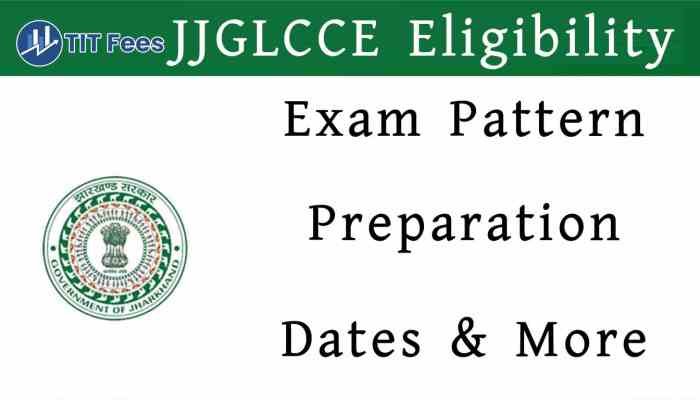Medical College Fees in India: Government vs. Private – What You Need to Know
When I first started exploring medical education in India, the question that haunted me was: How much will it actually cost? The phrase “Medical College Fees in India” kept popping up everywhere, and I realized the answer wasn’t straightforward. Fees vary drastically depending on whether you choose a government or a private medical college. As someone who’s researched this extensively, I want to share a clear, no-nonsense guide to help you understand these costs, so you can plan your journey to becoming a doctor without surprises.
Why Understanding Medical College Fees in India Matters
Medical education is a dream for millions of students in India. But the financial burden can be overwhelming if you don’t have the right information. The difference in fees between government and private colleges can be staggering, sometimes even a 10 to 20 times gap. This blog will help you navigate these numbers, explain why they differ so much, and offer practical advice on managing these costs.
Breaking Down the Fees: Government vs. Private Medical Colleges
Government Medical Colleges: Affordable but Competitive
Government medical colleges in India are the gold standard for affordable medical education. The fees here are heavily subsidized by the government, making them accessible to many deserving students. Typically, the annual tuition fees range from as low as ₹6,000 to around ₹1 lakh. For example:
- AIIMS Delhi charges about ₹6,100 per year.
- Other reputed government colleges like IPGMER Kolkata or BHU charge between ₹40,000 to ₹1 lakh for the entire course.
The total cost for an MBBS degree in a government college usually falls between ₹50,000 and ₹8 lakhs for the full duration, including tuition and hostel fees. This affordability comes with fierce competition — you need top NEET scores to secure a seat.
Private Medical Colleges: Expensive but Accessible
Private medical colleges operate quite differently. Their fees are significantly higher, ranging anywhere from ₹3 lakhs to ₹25 lakhs per year. Some deemed universities even charge upwards of ₹50 lakhs for the entire MBBS course. Here’s why:
- Private colleges rely on tuition fees to cover their operational costs.
- They offer modern infrastructure, advanced labs, and sometimes better amenities.
- Management quota seats, which allow admission through higher fees rather than merit alone, can cost anywhere between ₹15 lakhs to ₹25 lakhs annually.
For example, top private colleges charge:
| College Name | Location | Approx. Annual Fees (UG) |
|---|---|---|
| Kasturba Medical College (KMC) | Manipal, Karnataka | ₹14 – ₹16 lakhs |
| SRM Medical College, Chennai | Tamil Nadu | ₹22 – ₹24 lakhs |
| DY Patil Medical College, Mumbai | Maharashtra | ₹24 – ₹26 lakhs |
| Santosh Medical College, Ghaziabad | Uttar Pradesh | ₹20 – ₹22 lakhs |
These fees can be daunting, but private colleges provide more seats and sometimes easier admission routes for students who miss out on government seats.
Why Such a Huge Difference in Fees?
The gap between government and private medical college fees boils down to several factors:
- Subsidies: Government colleges receive heavy subsidies from the state and central governments.
- Infrastructure Costs: Private colleges invest heavily in infrastructure and facilities.
- Location: Colleges in metro cities tend to charge more.
- Regulatory Environment: Fee regulation varies by state and institution type.
- Seat Quotas: Management and NRI quota seats in private colleges come with premium fees.
My Take: Is Private Medical Education Worth It?
From my research and conversations with students, private medical colleges offer a crucial alternative for those who don’t get government seats. However, the financial burden is real and can lead to significant debt. I believe if you can secure a government seat, it’s the best value for your money. But if private is your only option, plan your finances carefully—look for scholarships, education loans, and installment options.
Also Check: Engineering College Fees in India
How to Manage Medical College Fees in India
Here’s what I recommend for managing the costs effectively:
- Aim for Government Seats: Prepare rigorously for NEET to maximize your chances.
- Explore Scholarships: Many government and private bodies offer scholarships based on merit and need.
- Consider Education Loans: Banks provide student loans with flexible repayment options.
- Check Fee Installments: Some private colleges allow fee payment in installments.
- Research Colleges Thoroughly: Fees vary widely even within private colleges.
Quick Comparison Table: Government vs Private Medical College Fees
| Feature | Government Medical Colleges | Private Medical Colleges |
|---|---|---|
| Annual Tuition Fees | ₹6,000 – ₹1,00,000 | ₹3,00,000 – ₹25,00,000+ |
| Total Course Fees (5 years) | ₹50,000 – ₹8,00,000 | ₹15,00,000 – ₹1,00,00,000+ |
| Hostel Fees | Low (₹10,000 – ₹50,000 approx.) | High (₹50,000 – ₹1,50,000 approx.) |
| Admission Competition | Very High | Moderate to Low (management quota) |
| Financial Aid Availability | Good (scholarships, subsidies) | Limited but some scholarships |
FAQs About Medical College Fees in India
Q1: Can I get a government medical seat without high NEET scores?
No, government medical seats are highly competitive and require top NEET ranks.
Q2: Are private medical colleges worth the high fees?
They provide more seats and better infrastructure but at a high cost. Evaluate your financial capacity before deciding.
Q3: Are there scholarships for MBBS students?
Yes, many scholarships are available based on merit and economic background.
Q4: Can I pay private college fees in installments?
Many private colleges offer installment plans; check with the college administration.
Q5: What is the management quota?
A certain percentage of seats in private colleges filled through higher fees rather than merit-based admission.
Final Thoughts
Understanding “Medical College Fees in India” is crucial for any aspiring doctor. The choice between government and private medical colleges is not just about fees but also about your career goals, financial situation, and academic performance. I encourage you to research thoroughly, prepare well for NEET, and plan your finances wisely. Remember, becoming a doctor is a marathon, not a sprint—invest wisely in your education, and the rewards will follow.
If you found this guide helpful, share it with fellow aspirants and subscribe for more insights on medical education in India!







